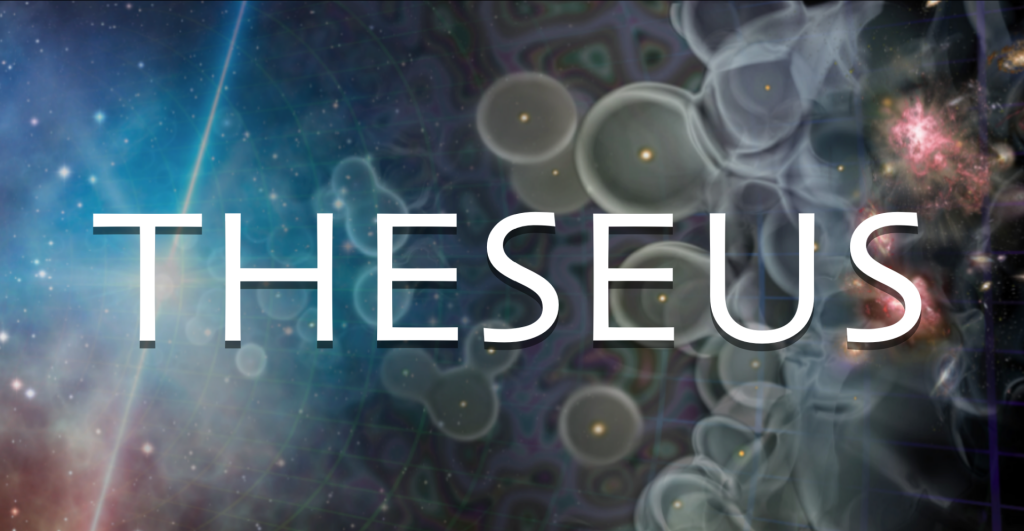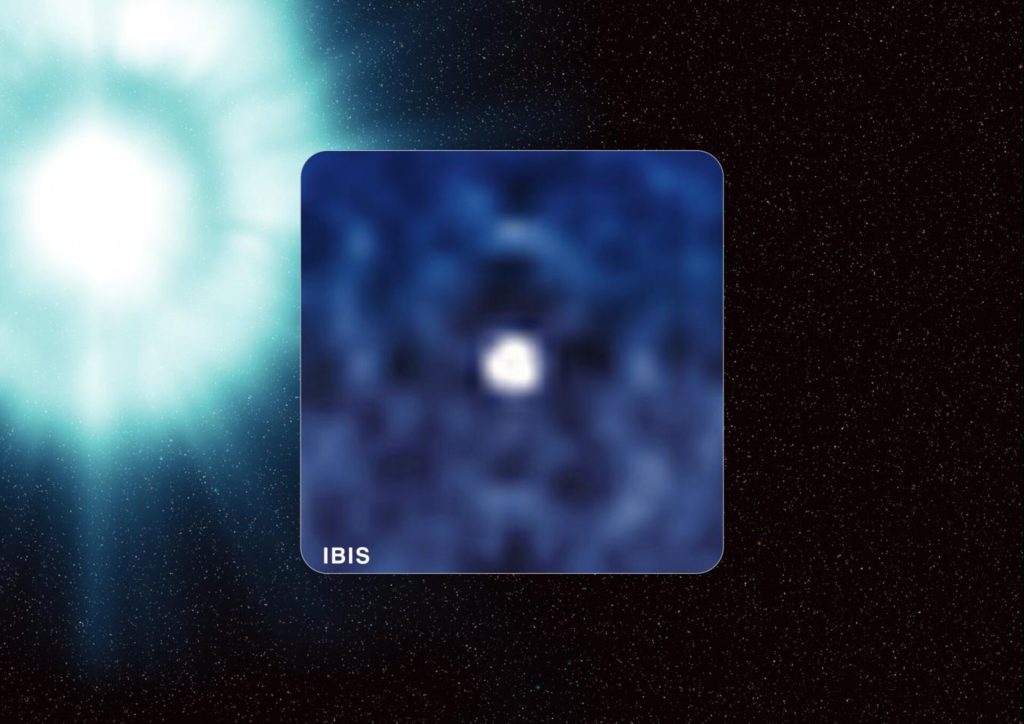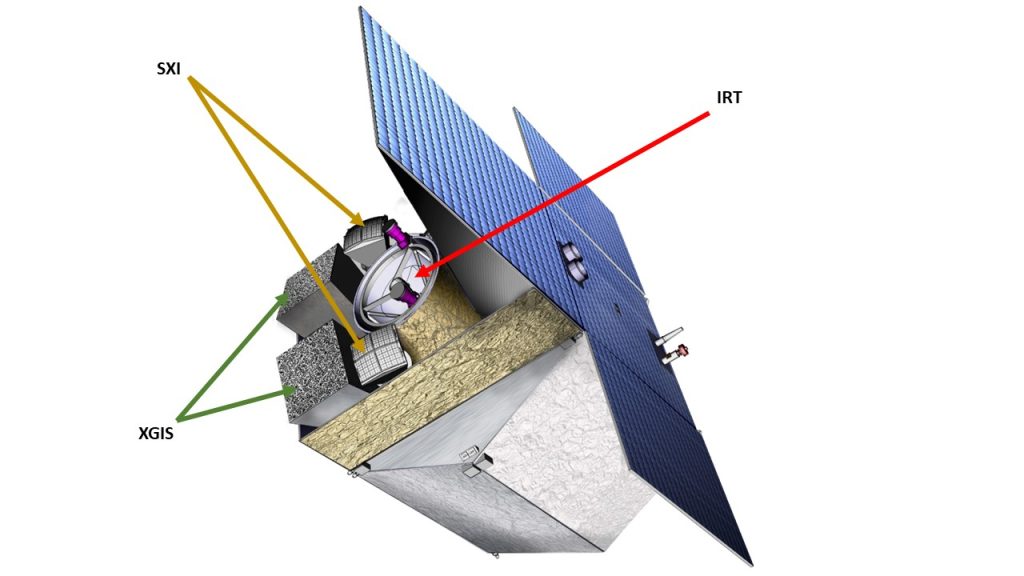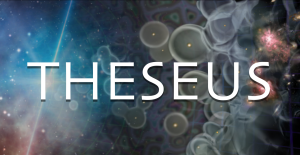ESA has selected THESEUS, a mission dedicated to the transient and multi-messenger Universe, for a feasibility study for its next medium sized mission. IRFU will play a leading role in this, with the responsibility for the IRT telescope.
ESA has selected the THESEUS (Transient High Energy Sky and Early Universe Surveyor) mission as a medium-sized mission candidate. THESEUS is the natural successor to the Sino-French SVOM (Space based astronomical Variable Object Monitor) mission, which will be launched early 2024 (for 5 years of operation) and in which IRFU is also playing a leading role.
THESEUS has been chosen from among 27 missions, along with Plasma Observatory (study of the Earth’s magnetosphere) and M-MATISSE (study of the atmosphere and magnetosphere of Mars), for a preliminary study lasting three years (2024-2026), at the end of which one of the three missions will be carried out for launch in 2037.
CEA/IRFU will play a leading role in the mission, as the PI of the international consortium (which includes INAF and Politecnico Milano in Italy, University of Geneva in Switzerland, and LAM Marseille and IJClab Orsay in France) responsible for developing and delivering one of the three satellite’s instruments: the IRT (Infra-Red Telescope) and more specifically the camera placed at its focus.

THESEUS aims to explore the early Universe through gamma-ray bursts (GRBs), the most extreme explosions in the Cosmos, and to provide detection, precise location and distance measurement of gravitational wave and neutrino sources, as well as many other transient celestial sources, thus playing a leading role in multi-messenger astrophysics on the scale of the next decade.

The THESEUS payload will consist of three instruments
- two wide-field-of-view telescopes sensitive in X-rays and gamma rays (SXI and XGIS)
- and a 0.7-m telescope sensitive in the near infrared (0.7-1.8 microns), with photometric and low-resolution spectroscopic capabilities (R~400), the IRT (Infra-Red Telescope).

The main partners in the THESEUS consortium are Italy (mission PI), Germany, France, the United Kingdom and Switzerland, but a total of 10 European countries are contributing to the mission.
CEA/IRFU will play a leading role in the mission, as the PI of the international consortium (which includes INAF and Politecnico Milano in Italy, University of Geneva in Switzerland, and LAM Marseille and IJClab Orsay in France) responsible for developing and delivering one of the three satellite’s instruments: the IRT (Infra-Red Telescope) and more specifically the camera placed at its focus.
Within Irfu:
- The DAp is responsible for the project management of the entire IRT project and for the design and manufacture of the camera (detector focal plane and associated electronics, tests);
- The DIS contributes to the mechanical and thermal analyses;
Contact Irfu/Dap : Diego GOTZ
ESA news:


